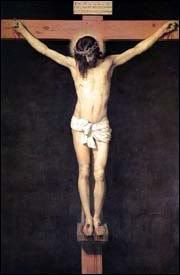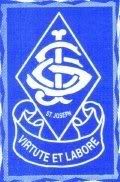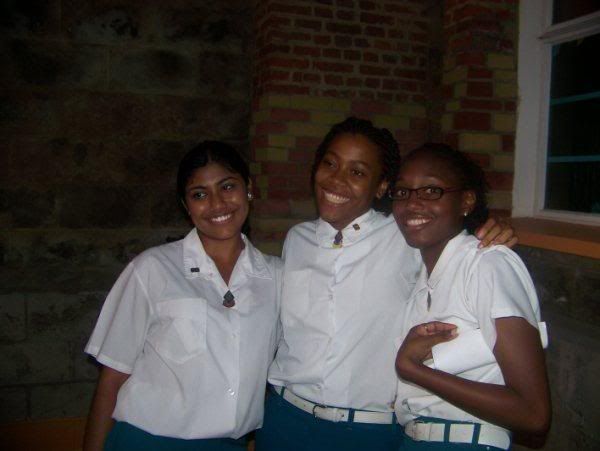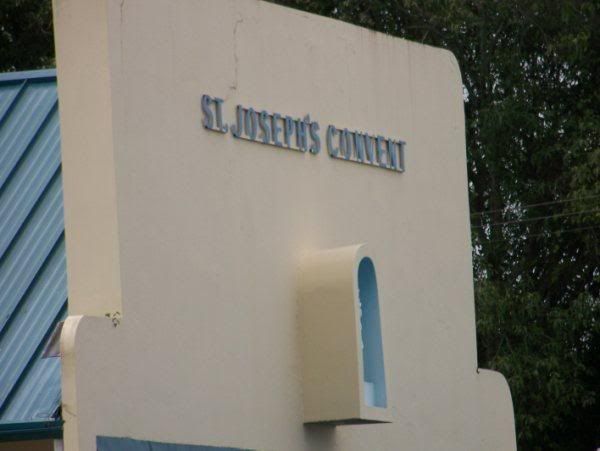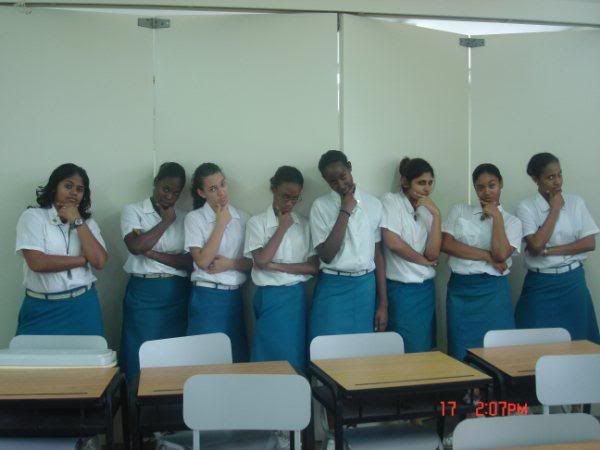Copyright and copyleft are generally considered to be the polar opposites of each other and thus their true meanings and purposes are often misconstrued. Contrary to popular opinion, copyleft is not quite the exact opposite of copyright; in fact copyleft may even include some aspects of copyright in its stance. The intention of copyright is to foster creativity; the intentions of copyleft/free culture are to foster both creativity and improvement. Therefore the success of the Copyleft/Free Culture movement can be viewed as the middle ground between copyright and pre-copyright. They do not necessarily mean an absolute return to a pre-copyright, or even pre-modern creative environment because they do not involve the outright absence of copyright altogether; rather they both involve some surrendering of some but not all copyright laws, essentially by placing emphasis on fostering both the creativity and improvement of products. A return to pre-modern/pre-copyright laws would mean the absence of copyright, that is, the works remain strictly in the public domain without any form of protection and free access to all.
The United States Copyright law, which will be the focal point of this discussion, was established in the 18th century with the intention to balance public interest with individual rights, in other words, the public’s rights to access knowledge should not be limited by the individual author’s right to restrict access. Another definition of copyright went further to include that copyright, among other species of intellectual property, enable creators to earn money from their works while generating new art, knowledge and information from the public, while at the same time offering protection to the original author. The conclusion we arrive at therefore, that encompasses these two explanations, is that copyright, although it offers protection to the author, was in essence aimed at fostering greater creativity and to ensure that the public has a greater variety of creative works available to use, learn from and consume and therefore facilitate the advancement and spread of knowledge. To quote the 18th Century language of the United States’ Constitution, the purpose of copyright was to “Promote the progress of Science”. In fact, the first United States copyright law was entitled “An Act for the Encouragement of Learning”. Copyright protects an author’s expression, but not his/her ideas.
Copyleft, on the other hand, is a form of licensing that uses existing copyright law to ensure a work remains freely available. The main difference between copyright and copyleft is that while copyright law can be used by an author to prohibit others from reproducing, adapting or distributing copies of his/her work, with copyleft, an author gives people the permission to reproduce, adapt or distribute his/her work under the condition that any resulting copies or adaptations are also free to be modified, that is, they are bound by the same licensing agreement. What people fail to understand about copyleft is that it is not a “free-for-all” circumstance. Copyleft does allow the author to impose some restrictions on his/her work. Indeed we can see that without existing copyright laws, copyleft would not have grounds to exist. Similar to Copyleft, Free Culture was designed with these specific goals in mind – reforming copyright, trademark and patent law in the public interest, ensuring that new creators are not suppressed by the original authors, making important information available to the public and the delegation of creativity.
Copyleft/Free Culture and copyright were both designed with the principal purpose of encouraging and developing ideas based on others’ ideas. The main difference is that copyright does not protect ideas, it merely protects the expression of the ideas, that is it protects the works themselves, while copyleft allows the works themselves to be modified and distributed with conditions. Copyleft fosters greater improvement, as well as creativity because not only do you already have a foundation on which to base your work, you are also able to apply your ideas directly onto the source; copyright, although it does foster creativity, does not allow access to the original work and thus makes it harder to improve a product because although the ideas would not necessarily be original, the works would have to be significantly distinct to qualify as an original. Throughout history it can be seen that improving others’ ideas is often more successful in the creation of something more useful and functional than if one were to start over from scratch every time.
We have seen the differences between copyright and copyleft but it is imperative to note the similarities between them as well. This is why although they are distinguishable, especially due to the deliberate play on the names and symbols that represent them (see Fig.1 below), the major significance is that for all intents and purposes, copyleft could not exist without copyright. The limitations that exist for copyleft are, as previously stated, based on copyright laws and are in place to ensure that uncooperative people do not take advantage of the freer software- they ensure that self-interested people do not abuse the nature of the copyleft regime, but in fact make sure that it remains exactly as it is and fulfills the purpose for which it was created.
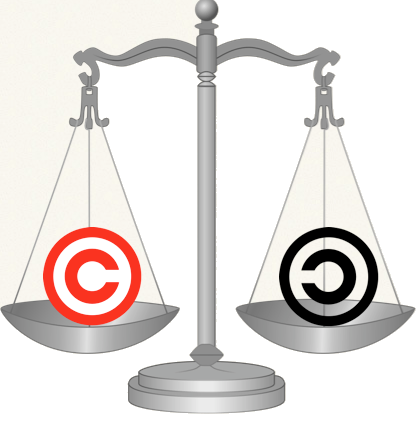
Fig.1 - Copyright (red) vs. Copyleft (black)
An example of this would be Geoffrey Chaucer’s The Canterbury Tales. Chaucer wrote the Tales as a satire of a cross section of English society of the day, using such sources as Bocaccio’s The Decameron and John Gower’s Confessio Amantis. Some of the tales in the Canterbury Tales, it can be seen, are uncannily similar to their source material; Chaucer did not merely use the other authors’ ideas but also their expressions, that is he essentially took the stories themselves and manipulated them for his purposes to create his Tales.
For example, in The Canterbury Tales, The Man of Law’s tale is quite akin to Gower’s Tale of Constance, which is also in itself quite similar to Nicholas Trevet’s story of Constance of Rome in his Les Cronicles – the characters, the overall plot and themes are more or less the same. Similarly too with The Wife of Bath’s Prologue and Tale in the Tales and Gower’s Tale of Florent, the plot and characters are more or less the same, save for a few modifications. Although each author’s purpose for their respective tales is different, Chaucer uses these, among others, to compile a humorous but political critique of his society, without giving credit to the sources that he uses. In modern times, this would be a direct violation of the copyright law in terms of parody versus satire; however since the Tales were written a long time before copyright law was first ever established and thus Chaucer’s works would not be subject to it, his works were allowed and were published as his own. This is just one example of works published in a pre-copyright era, that is, works that remained in the public domain, free for all to use, and from our aforementioned definition of copyleft/free culture, this is not what either of the two stands for.
In conclusion, it is only human to want to be recognized and appreciated for what you have produced. Copyright was instituted with the purpose of fostering greater creativity while not giving up this recognition. However, materialism has impeded the progress of creativity and the advancement of information and people misuse the original purpose of copyright for simply mercenary purposes. In addition to this, it is often harder to create something practical without basing it off of something else. Copyleft/free culture would not be as successful if it were not for pre-existing copyright laws as they ensure that people do not take advantage of others’ ideas while fostering creativity as well as improvement of a product. The success of the copyleft/free culture can therefore be seen as a step towards the reformation of copyright law, not as the absence of copyright altogether. They are not complete return to pre-modern or pre-copyright days, but are the middle ground between the two.
Works Cited
GNU Operating System. Free Software Foundation, Inc. 1996-2010. http://www.gnu.org/
Litman, Jessica, Kay Murray, and. Christine Steiner. “What Every Artist Should Know About Copyright and Trademark Law.” So What . . . About Copyright? What Artists Need to Know About Copyright and Trademarks. Ed. David Bollier et al. Public Knowledge, 2005. 11-47. http://www.crt.louisiana.gov/culturalassets//images/howto/so-what-about-copyright.pdf
Public Domain Sherpa. “Public Domain or Copyrighted? Here’s How To Tell.” 2005. Web. March 19th 2010.
Stanford University Library and Academic Information Resources. “Copyright and Fair Use”. October 2007. Web. March 19th 2010.
The United Stated Copyright Office. “Copyright Basics.” Circular 1: 1-3. July, 2008. United States Library of Congress. Print. March 19th 2010.
< http://www.copyright.gov/circs/circ1.pdf>
Wikimedia Foundation, Inc. "Copyleft.” Wikipedia. 2010. http://en.wikipedia.org/wiki/Copyleft
